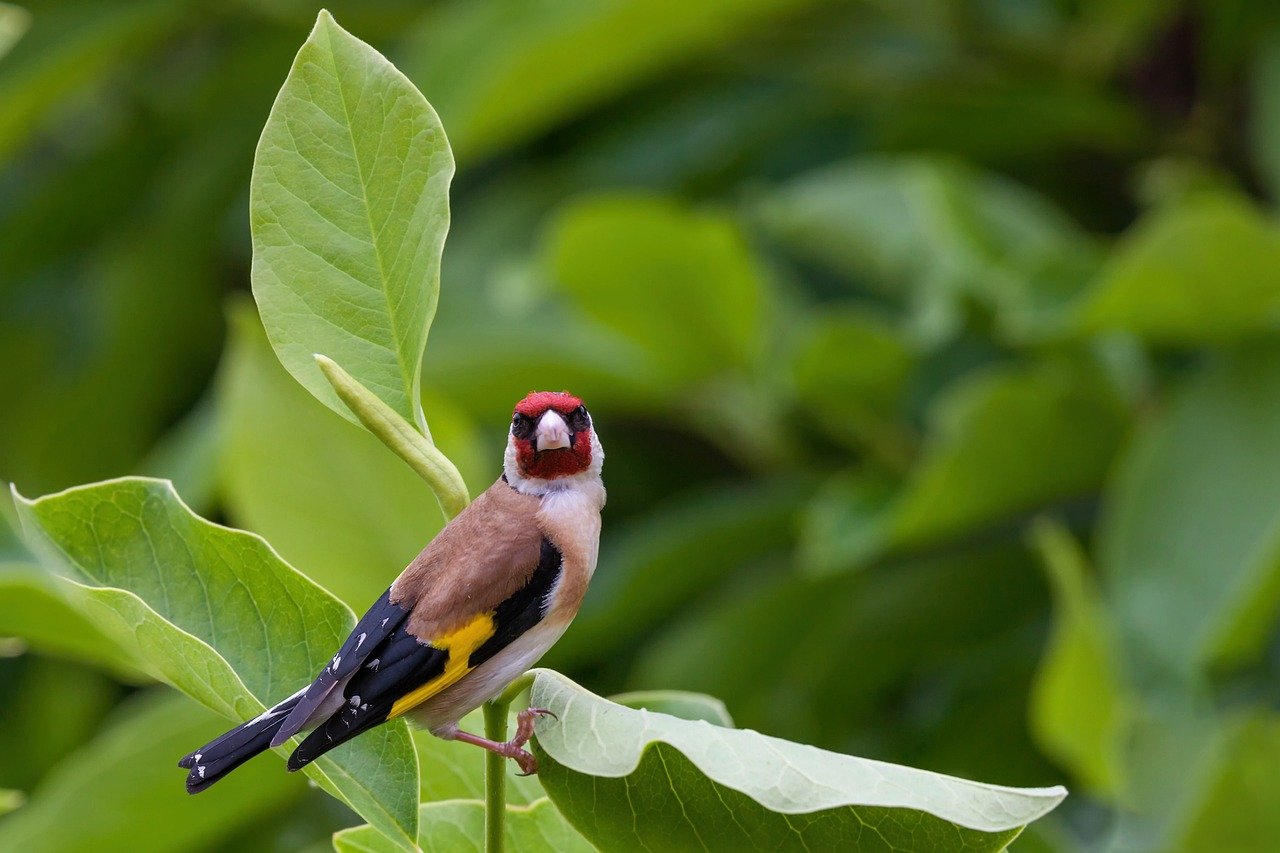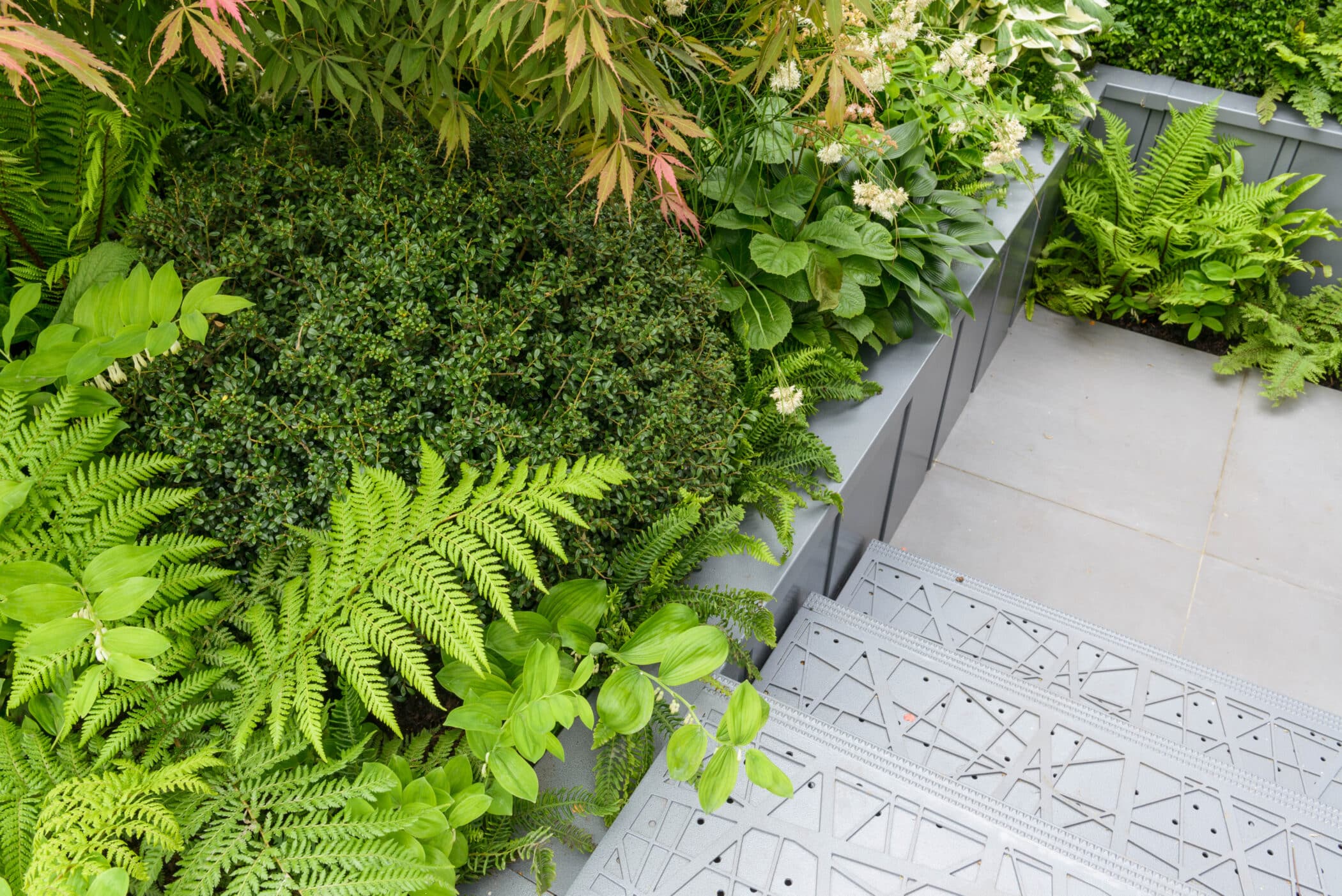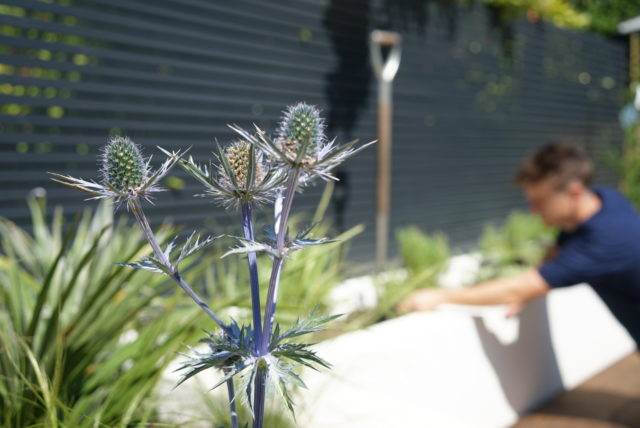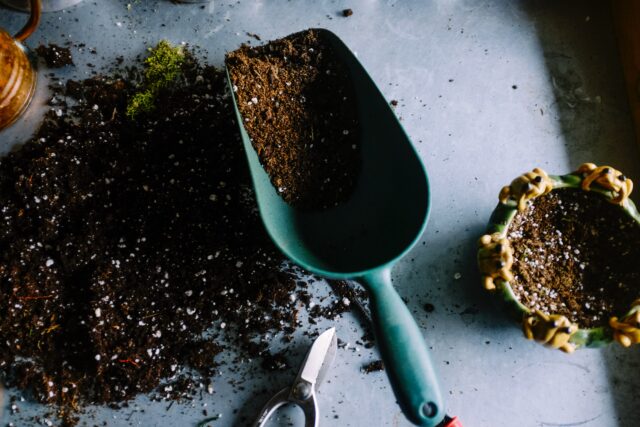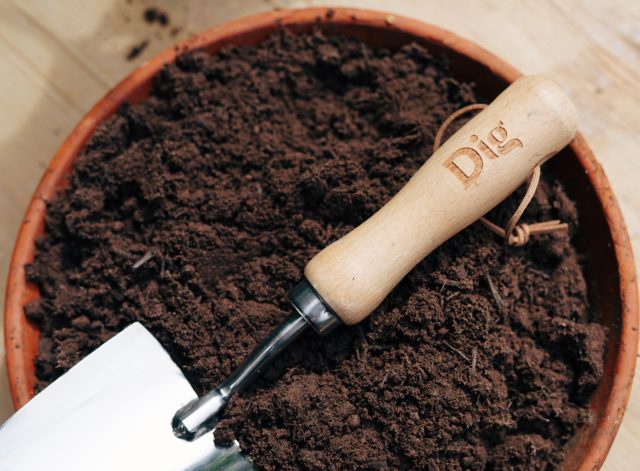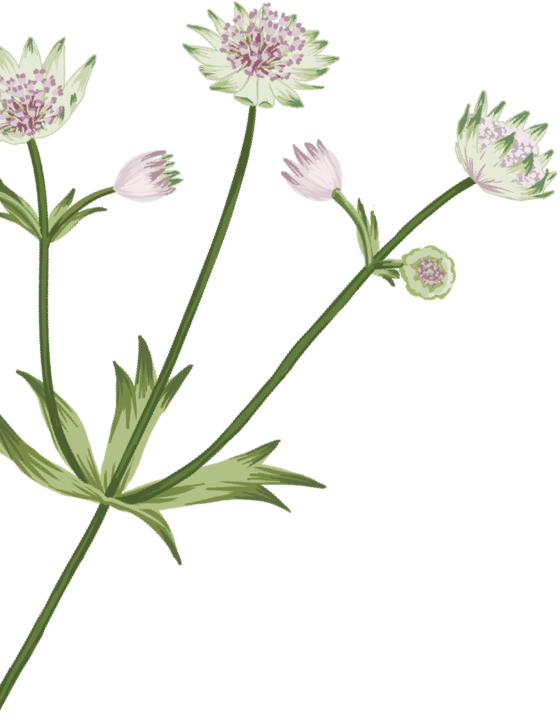Watering
We’ll be candid with you here. For the next few months, this is always going to be at the top of your monthly jobs. With the weather warming up, watering is the most important job you can do in the garden to keep your plants, well, alive. A watering can is best, as it reduces water wastage, but a hose with a nozzle, used considerately, is naturally a bit easier. Water the base of the plant and, every now and then, also give the leaves a good soaking too. This will remove any dust and grime, and keep them looking fresh and verdant. It’s best to water in the early morning or evening rather than the heat of the day.
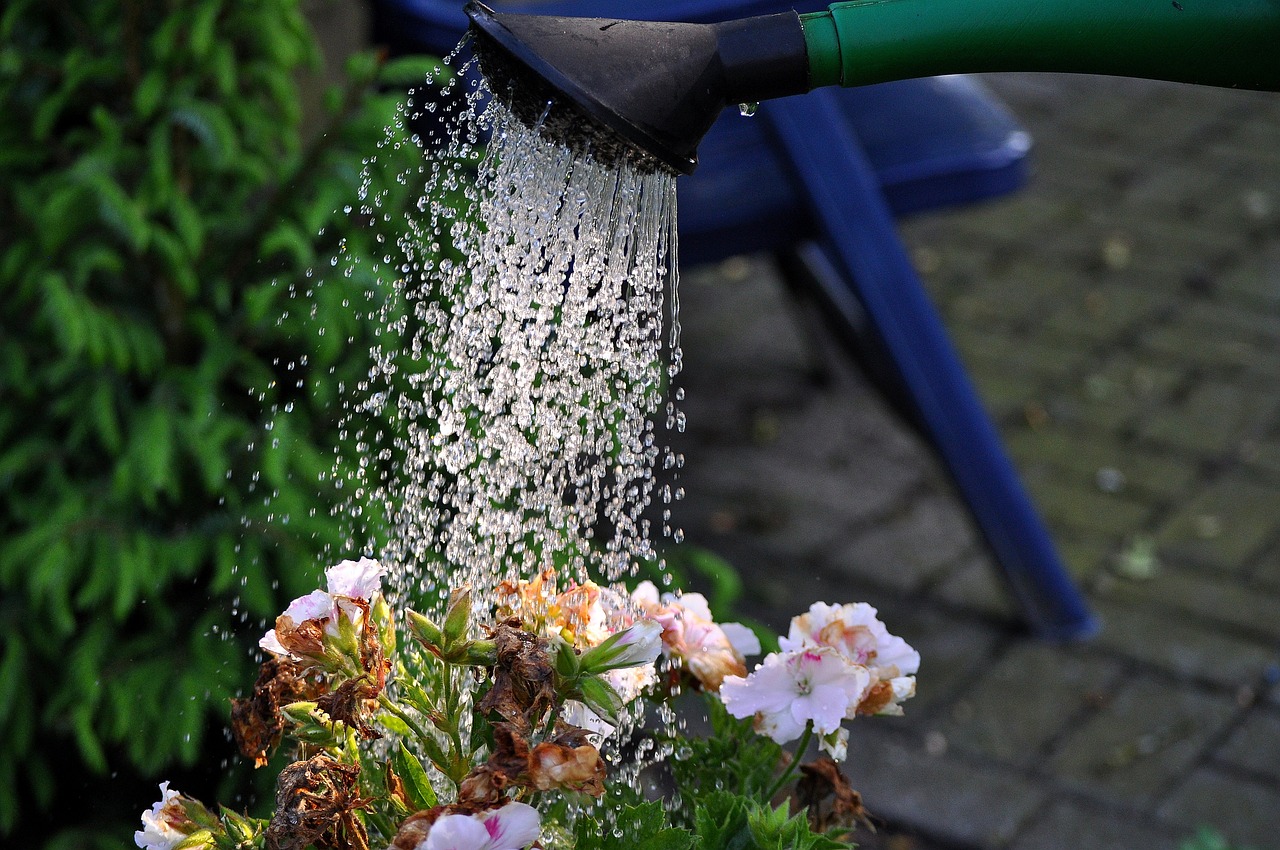
Feeding
It’s a good idea to give your plants a feed every other water. Buy yourself a bottle of basic plant food – tomato feed is good – and use as instructed on alternate watering sessions. This is particularly important for pots especially if a plant has been in one for multiple years. Plant food is an easy way of topping up the nutrients.
Weeding
With more watering, comes more weeding. As all of your beloved, intentional plants begin the thrive and bloom, the less-beloved, less-intentional ones will kick off too. Staying on top of the weeding regularly, using gloves and garden tools where necessary, will make the task less arduous and keep your garden looking its best. Not sure if something is a weed (we’ve all been there) just drop us a DM on Instagram with a photo, or an email to hello@digclub.co.uk and we’ll do our best to help.
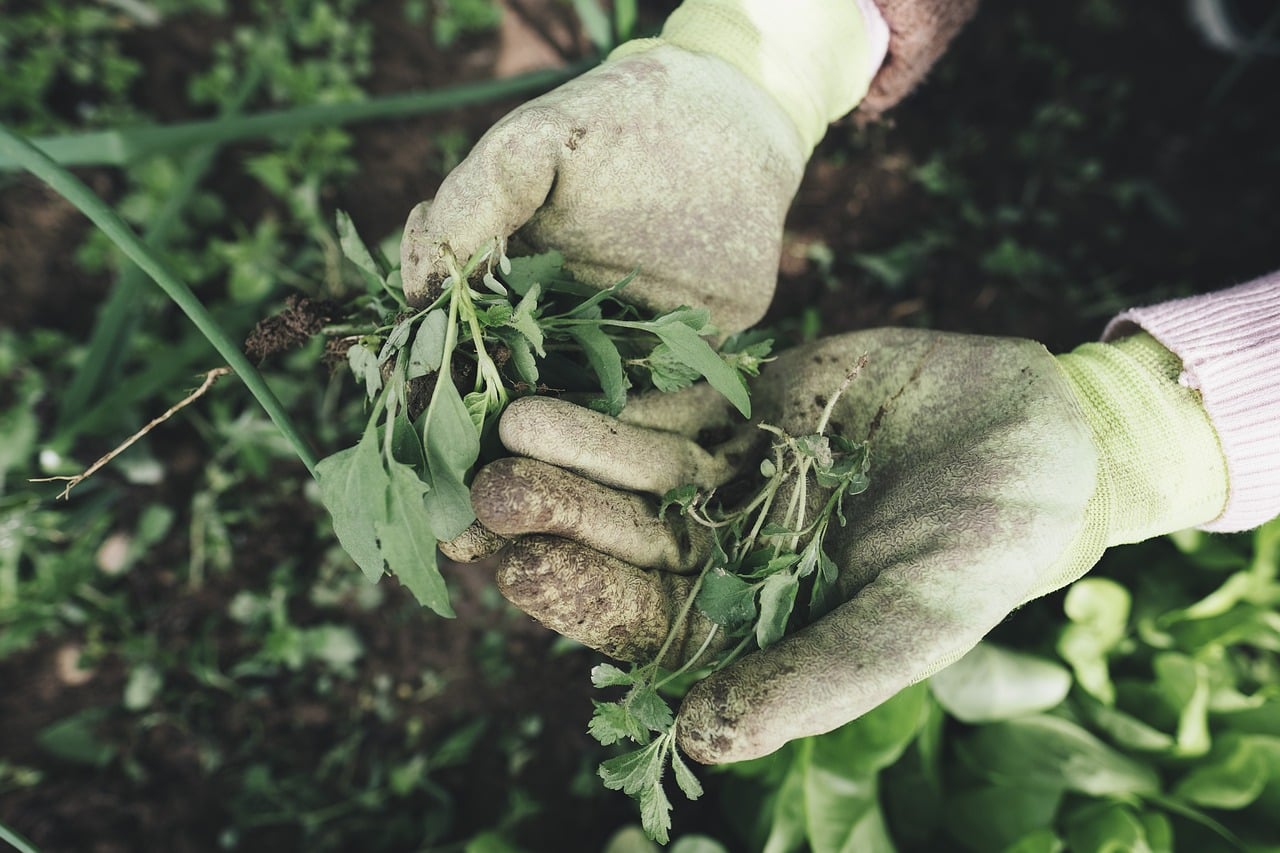
Tying-back
New growth will be visible across your outdoor space. Existing climbers will have returned to life and new fronds and shoots will be emerging, vigorously in some cases. As these new shoots emerge, be sure to tie them to whatever you’re growing them up – whether pergola, frame or obelisk. This will allow you to control the direction of growth and ensure even spread of flowers and greenery. Do try and use biodegradable garden twine over wire or plastic ties.
Hanging Baskets
It’s a good time to plant up hanging baskets with young annual plants, available in your local garden centre, or as an add-on in our Dig Instant Bed shop. Check out this handy Dig guide to hanging baskets here.
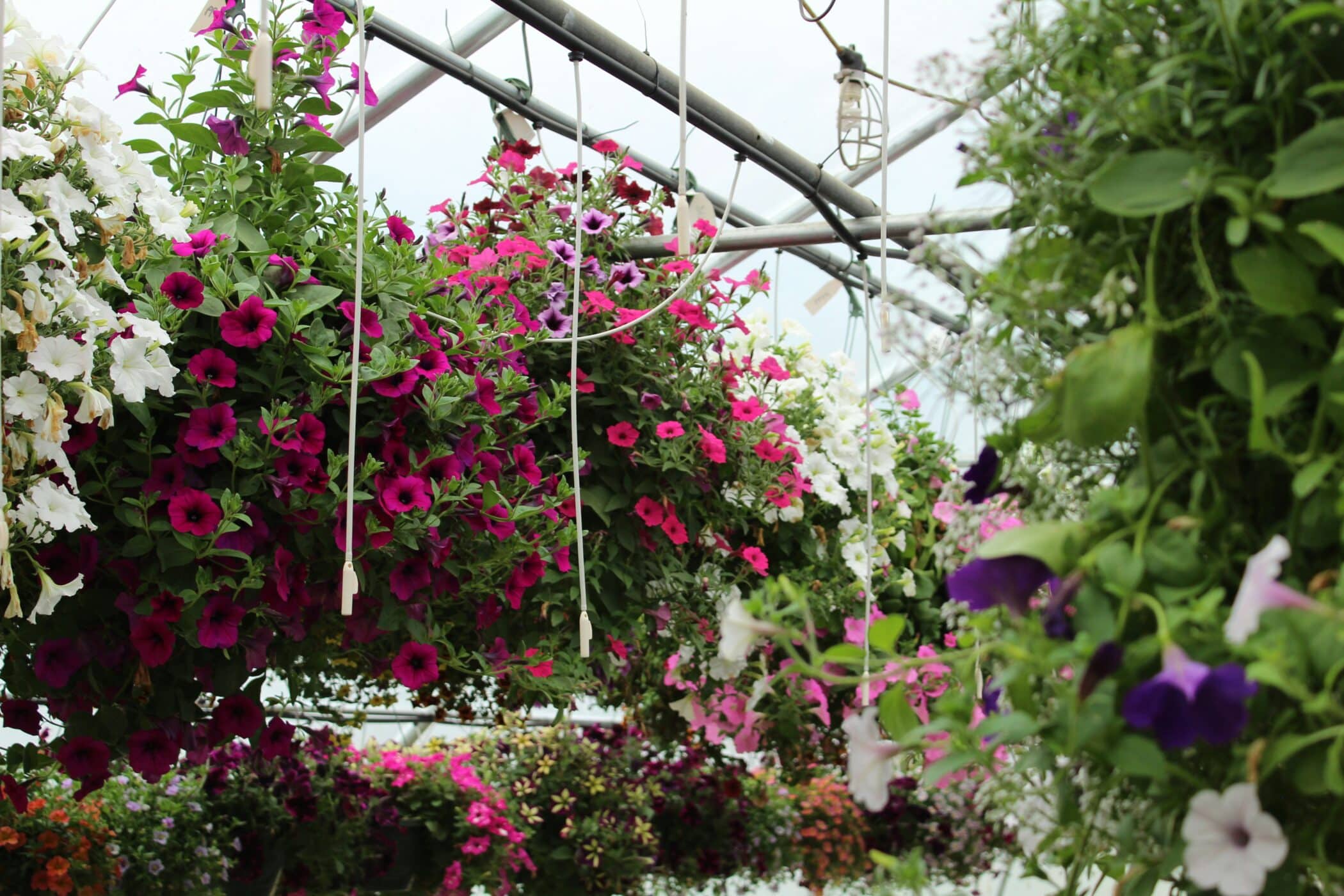
Spring bulbs – planning ahead
Your daffodils, tulips and other spring bulbs will have finished or be coming to an end right now. It’s very important to leave the leaves and not remove them, even though the flowers are done. The leaves will continue to photosynthesise, charging the plant’s bulb like a battery ready for next year. It doesn’t hurt to give them a water with liquid feed either, increasing your chances of an even stronger display next spring.
Garden pests
With new growth, invariable, come a few garden pests here and there. We never advocate poisoning garden insects, even if they do lay waste to our hostas and lilies. There are ways around this though. This guide from last month will help you stay on top of your slug and snail population. Beyond slugs and snails though, it’s a good idea to check over your plants to ensure that they’re not being eaten or about to be eaten. Different plants will attract different visitors and so, if you notice gatherings of creepy crawlies and are concerned, do drop us a DM and we’ll do our best to identify and suggest a suitable prevention, management or removal method. Inevitably, without the use of pesticide, you’re unlikely to be able to remove a pest completely, but, in our opinion, it’s far better to have an outdoor space that provides a thriving ecosystem for local wildlife, than a show garden devoid of life.
Aphids
Aphids are a common garden pest, and a favourite food of ladybirds. Though a welcome part of a healthy garden ecosystem and food chain, they can quietly take over a plant and so it’s worth checking regularly to see whether they have established themselves. If you notice them, they can be easily removed using a damp, clean rag, gently wiped across and around the plant stems and leaves. Once the majority of aphids have been removed, prepare a very dilute soap solution – one or two drops of washing up liquid in a squirty bottle of water, well mixed – and spray the plant to help attempt to keep them at bay.
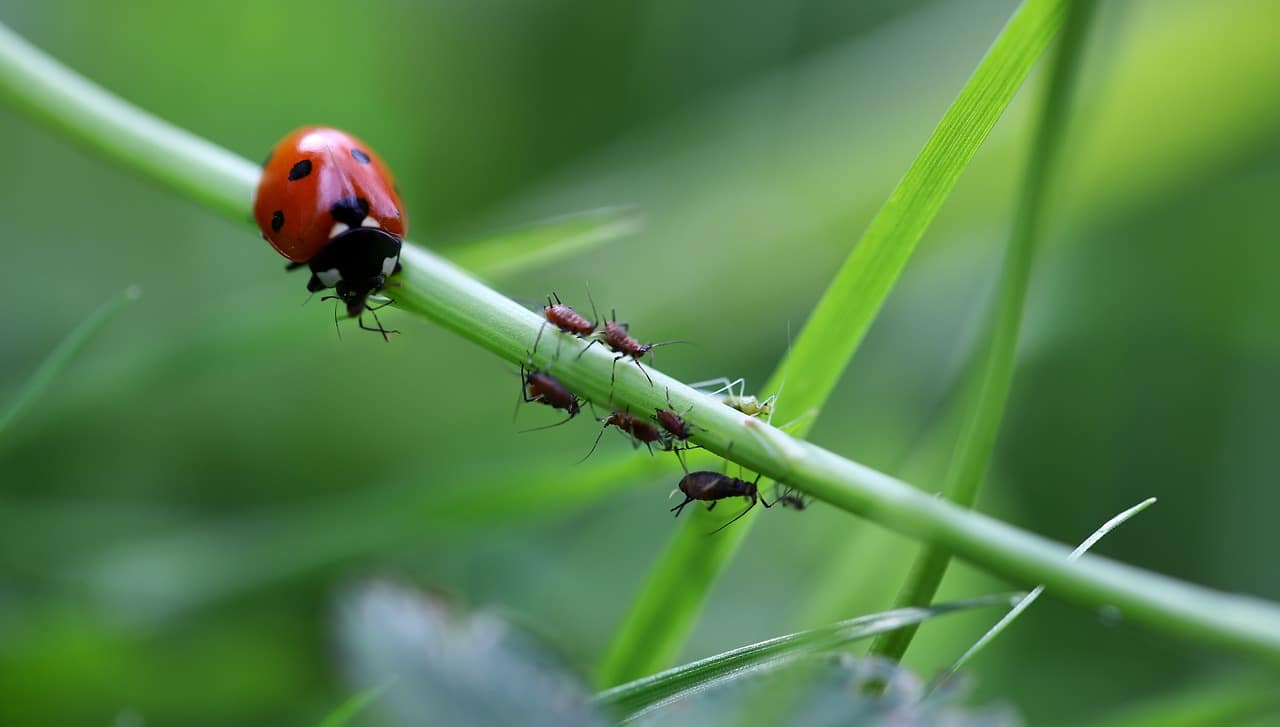
More strawberries
If you have our theme The Adventure, you’re likely to have some wild strawberries in and amongst your plants. As growing season really gets under way, it’s a good idea to thin out and remove ‘runners’. These shoots that the plant uses to spread and expand, take up a lot of its energy – that could be going into growing strawberries. Removing them should lead to a bushier plant that produces more fruit.
Support your plants
Many perennials can be prone to flopping over as they grow. If you notice plants dropping due to the weight of their new leaves, you can find some very attractive supports to help keep them upright. Inserted into the soil, these simple tools can help keep plants upright, allow air to the base and generally have them looking their best. Search ‘Metal Plant Supports’ online for a wide variety – from the functional to the more elegant. Many will rust beautifully over time too.
Dead-heading
Another job we’ll be berating you about month on month through the warmer part of the year, is deadheading. Removing spent flowers from a plant will encourage it to produce new ones. The plant’s energy will go into growing new blooms instead of the seeds left behind in spent flowers. This simple job is peaceful, satisfying and you will see results very quickly on many continually flowering perennials and annuals.
Garden birds
Garden birds are at their most active around now with the breeding season in full swing and many looking for a mate, and beginning to build nests. It’s therefore a great time to give them a bit of TLC.
If you have bird feeders or a bird bath in your outdoor space, now is a great time to give them a good clean. This will help prevent the risk of disease spreading among the birds and keep things nice and hygienic. Warm soapy water, well-rinsed afterwards, will do the trick.
If you are pruning any hedges, do this sooner rather than later too, before nests really begin to be established. Always check any bush for nesting birds before pruning. If you identify a nest, the pruning can probably wait until winter. With many species in severe decline, our garden birds need all the help they can get.
